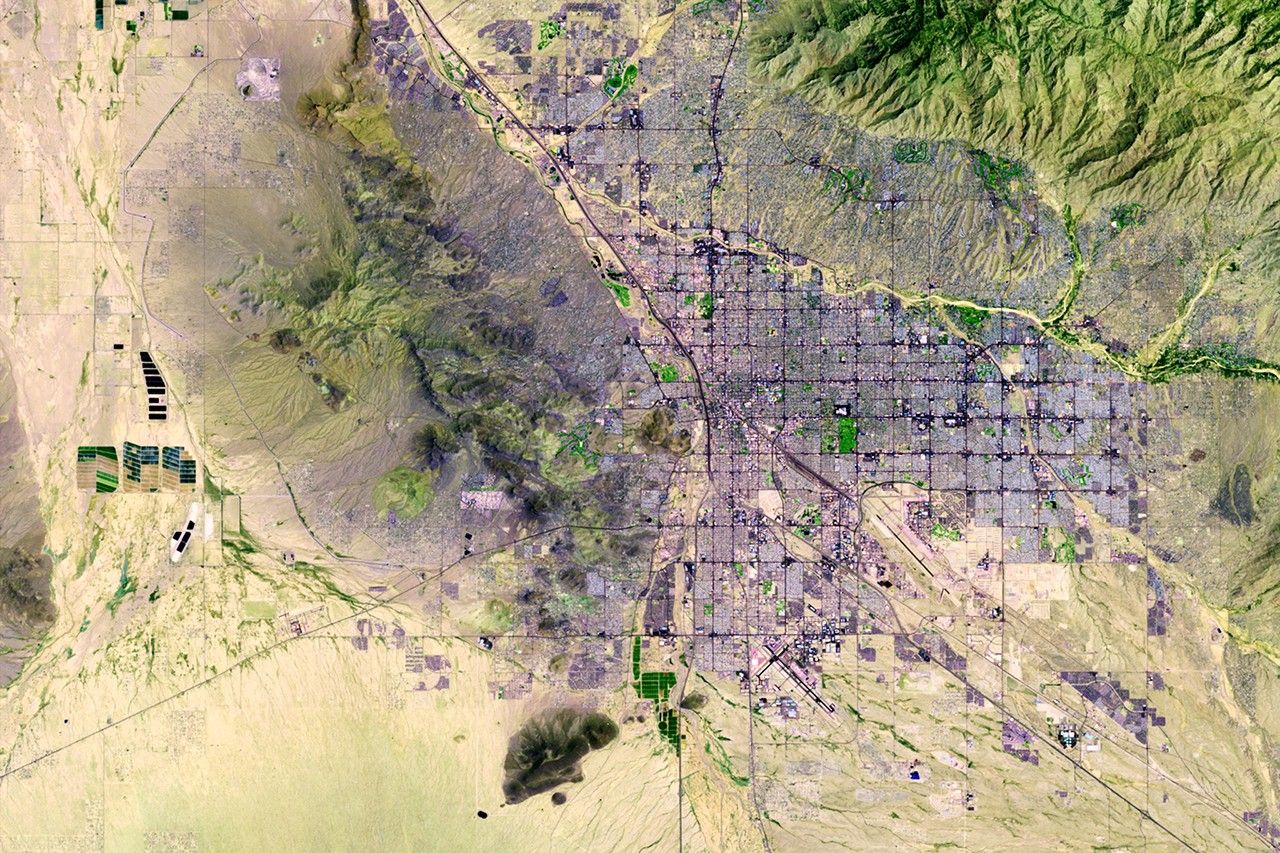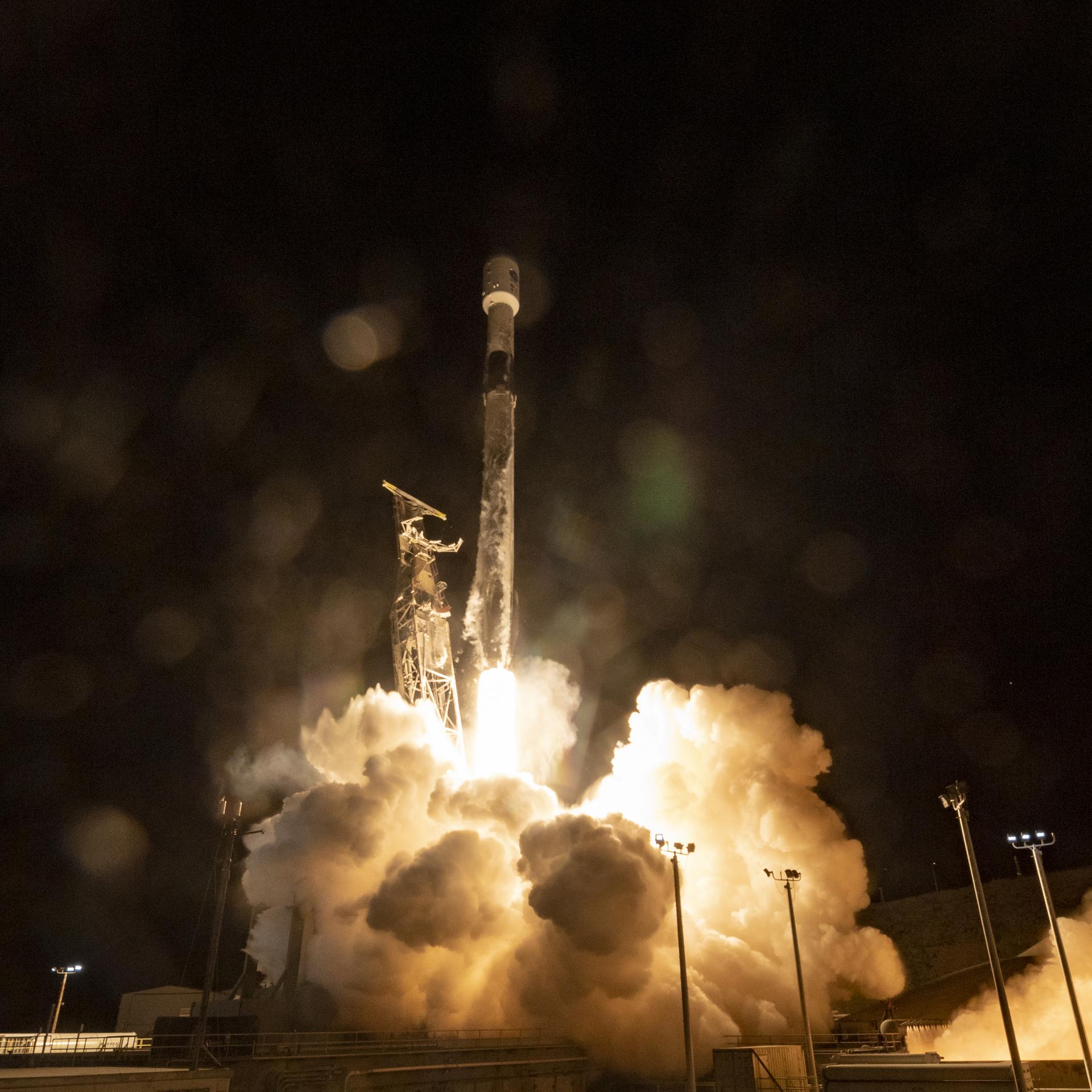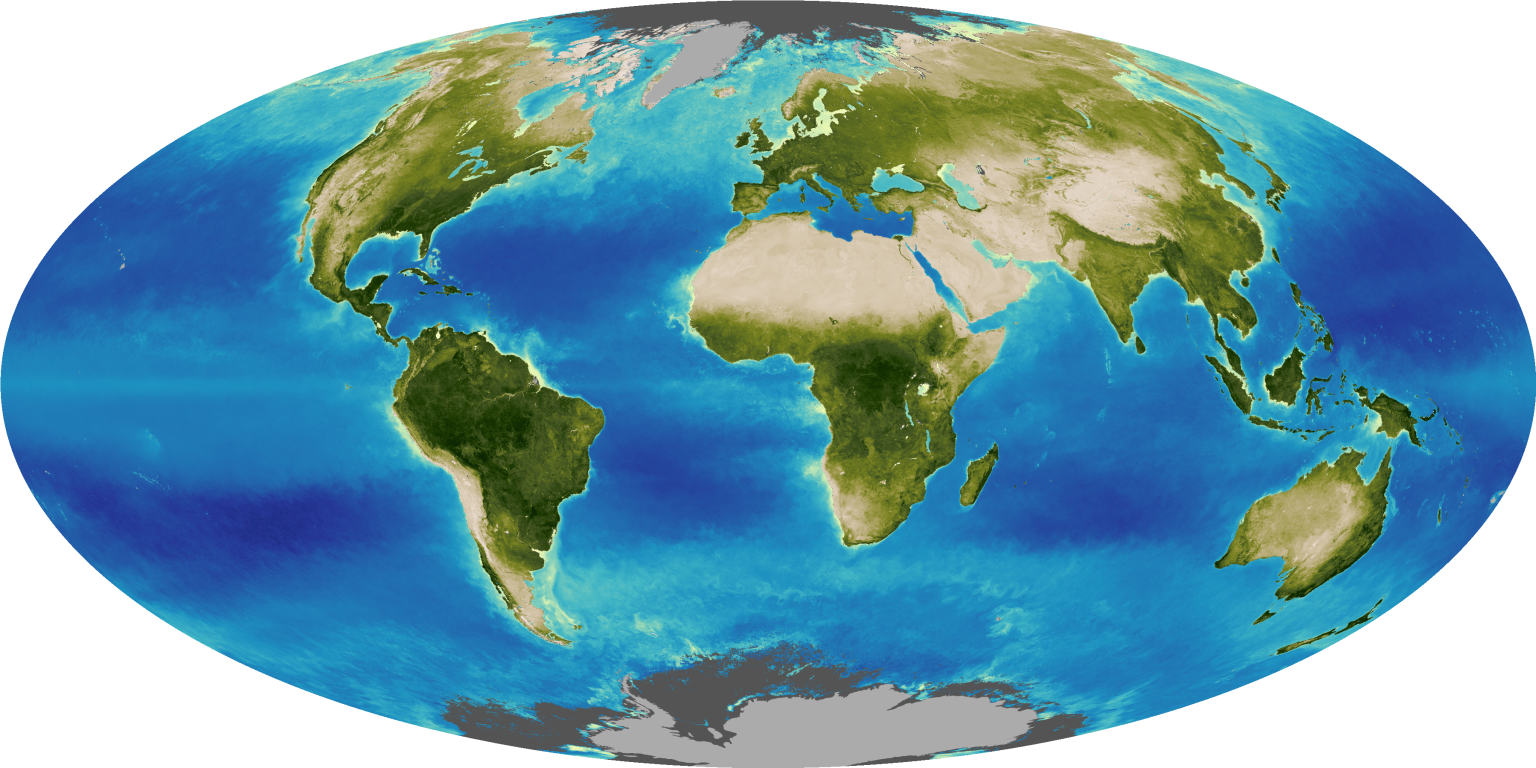
Tucson in the Sonoran Desert in southern Arizona. It is one of the oldest continually inhabited areas of North America, with evidence of settlements 3,000 years ago. The city has grown quickly over the past 30 years, due in part to the rapid growth of technology firms. Population in the greater Tucson area has increased from about 600,000 in 1980 to more than one million in 2011. Expansion has been largely in the eastern region since mountains on the north, west and south restrict development. As with many western cities, Tucson was organized on a grid pattern, which can be seen from space. Images taken by the Thematic Mapper sensor onboard Landsat 5. Source: USGS Landsat Missions Gallery, "Tuscon, Arizona," U.S. Department of the Interior / U.S. Geological Survey.
NASA/USGS

NASA/USGS

Tucson in the Sonoran Desert in southern Arizona. It is one of the oldest continually inhabited areas of North America, with evidence of settlements 3,000 years ago. The city has grown quickly over the past 30 years, due in part to the rapid growth of technology firms. Population in the greater Tucson area has increased from about 600,000 in 1980 to more than one million in 2011. Expansion has been largely in the eastern region since mountains on the north, west and south restrict development. As with many western cities, Tucson was organized on a grid pattern, which can be seen from space. Images taken by the Thematic Mapper sensor onboard Landsat 5. Source: USGS Landsat Missions Gallery, "Tuscon, Arizona," U.S. Department of the Interior / U.S. Geological Survey.
NASA/USGS

NASA/USGS
before
after
Before and After
Urban growth, Tucson, Arizona
May 26, 1984 - May 21, 2011
Tucson in the Sonoran Desert in southern Arizona. It is one of the oldest continually inhabited areas of North America, with evidence of settlements 3,000 years ago. The city has grown quickly over the past 30 years, due in part to the rapid growth of technology firms. Population in the greater Tucson area has increased from about 600,000 in 1980 to more than one million in 2011. Expansion has been largely in the eastern region since mountains on the north, west and south restrict development. As with many western cities, Tucson was organized on a grid pattern, which can be seen from space. Images taken by the Thematic Mapper sensor onboard Landsat 5. Source: USGS Landsat Missions Gallery, "Tuscon, Arizona," U.S. Department of the Interior / U.S. Geological Survey.
































